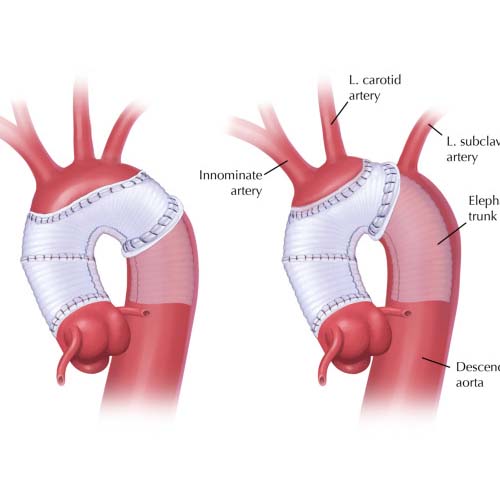Aortic Surgery
Aortic Stenosis
Aortic stenosis is a narrowing of the aortic valve. It is caused by a build-up of calcium on the valve as we age. Aortic stenosis is most common in older people but if you have two door aortic valve instead of the usual three door valve, this process is often faster and presents in younger people. When the aortic valve hardens and narrows, it restricts the flow of blood out of the heart.

Patient may presents in the following ways.
- Chest pain or breathlessness on exertion as the heart is not managing to support his level of activity
- Fainting episode as heart doesn’t manage to support the increased activity
- Heart failure as heart can’t cope with the increased workload against the narrowed valve
These symptoms are similar to coronary heart disease symptoms.
Diagnosis and Treatment
Aortic stenosis is usually diagnosed with an echocardiogram. Echocardiogram is similar to what I call gel test similar to scanning one’s tummy during pregnancy but it is done on the chest. It is generally painless, however some patients feel mild discomfort during the process. The images shows the size of your heart and how well it pumps, and whether the heart valves are working properly.
It is not possible to reverse aortic stenosis through lifestyle changes or medications.

Aortic Regurgitation
This is caused by leaky aortic valve which causes blood to flow back into left ventricle when it pumps blood out of the heart.
There are many different Causes
Valve related causes
Bicuspid Valve – people are born with two door valve instead of the usual three door)
Valve infection
Valve degeneration
Aorta
Main blood vessel out of the left heart gets bigger
High blood pressure
Connective tissue disease affecting elastic tissues of arteries
Unexplained stretching of the aorta
